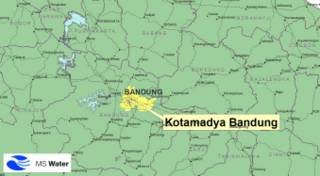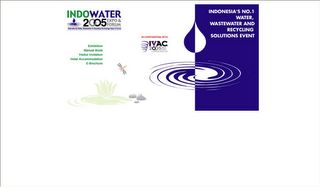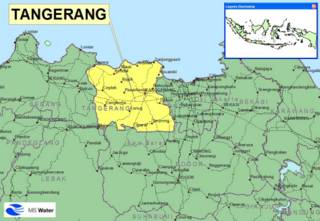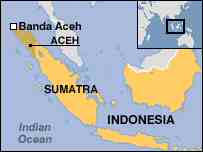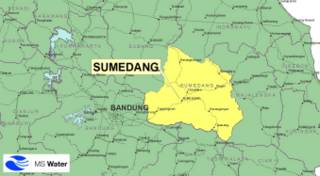Jakarta is sinking fast, agency says
Source: The Jakarta Post
Bambang Nurbianto, The Jakarta Post, Jakarta
The construction of high-rise buildings and the overexploitation of groundwater has caused the capital to sink by up to 100 centimeters over the past 12 years, according to an expert.
Citing a joint study with PT Succonfindo, City Mining Agency head Haris Pindratno said over the weekend the sinkage would undermine any efforts to mitigate the flooding that has plagued the capital over the past few years.
Data provided by the agency indicates the land subsidence varies from one place to another, with North Jakarta experiencing the greatest amount of sinkage.
"The land along Jl. Sunter Kebayoran was 3.42 meters above sea level in 1993, but it stands at just 2.4 meters this year," said Haris, adding that swampy areas in North Jakarta converted into residential areas, offices and commercial space experienced the most severe land subsidence.
Dozens of high-rise hotels, apartments, offices, malls and shopping centers are erected across this city of 12 million people every year. According to official estimates, some 250 million cubic meters of water is removed from beneath Jakarta every year.
Haris said the construction of new buildings contributed 80 percent to land subsidence, water exploitation 17 percent and natural land subsidence only 3 percent.
"This means that Jakarta's land continues to sink as the construction of massive high-rise buildings and excessive water exploitation continues unabated," Haris said.
The agency said that from 1999 to 2005, land in North Jakarta sank by between two centimeters and eight centimeters per year, West Jakarta by 2.2 centimeters, East Jakarta by 1.3 to three centimeters and South Jakarta by two centimeters.
The survey also found that a six-story building measuring 30 meters by 40 meters in Central Jakarta could cause up to 71 centimeters of land subsidence within 20 years.
"If a six-story building can cause up to 71 centimeters of land subsidence, how about buildings that are 30-stories or higher," Haris said.
Most of Jakarta's skyscrapers are found along Jl. Rasuna Said and Jl. Sudirman in South Jakarta, and Jl. Thamrin in Central Jakarta.
According to Haris, continued land sinkage would undercut efforts to stop annual flooding in the city.
He also called for more money from the budget for water conservation projects in the capital.
Haris said tax revenue from groundwater reached Rp 52 billion (US$5.778 million) last year, but the city allocated only Rp 250 million to construct 45 reservoirs.
"The city increased the allocation for similar projects to Rp 527 million this year," he said, adding that Jakarta needed some 9,000 more water reservoirs. Currently, the city has about 6,400 reservoirs.
Land subsidence in Jakarta
No. Location Height above Height above sea Land
sea level in 1993 level in 2005 Subsidence
(in meters) (in meters) (in centimeters)
1. Jl. Gadang, 2.03 1.46 57
North Jakarta
2. Jl. Raya Kapuk, 2.32 2.11 21
West Jakarta
3. Jl. Pulo Gebang, 11.62 11.45 17
East Jakarta
4. Jl. Raya Pasar 28.76 28.46 30
Minggu,
South Jakarta
5. Jl. Sunter, 3.42 2.40 102
North Jakarta
Source: City Mining Agency
Read more!(Selengkapnya)
